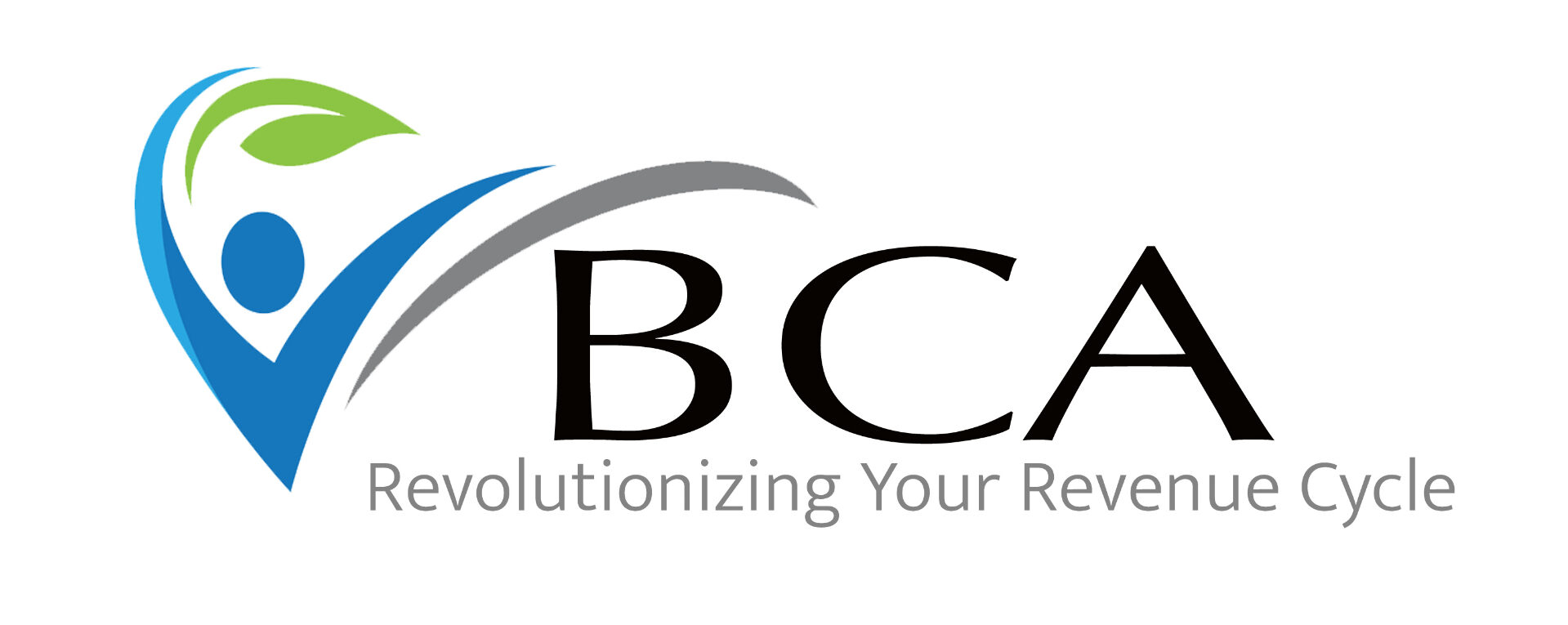In recent RADV and OIG audits, coding for cerebrovascular events has emerged as a high-risk area for inaccuracies. Much of this risk stems from gaps in understanding ICD-10-CM guidelines — combined with physicians coding directly from EMR pick-lists that often contain outdated or misleading code descriptions. Without certified coder review, this is a recipe for misrepresenting the true acuity of a patient encounter.
Where Confusion Starts
One of the biggest trouble spots is distinguishing between conditions reported with category I63 (Cerebral Infarction) and category I69 (Sequela of cerebrovascular disease).
Physicians — and even some coders — are often unclear on when an event should be reported as acute and when it transitions to a sequela. Many physicians point out that the acute phase of a myocardial infarction is clearly defined, while the timeline for cerebral infarctions can feel ambiguous.
What the ICD-10-CM Guidelines Say
For clarity, let’s revisit the official ICD-10-CM guidelines:
Section I.C.9.d: “The neurological deficits caused by cerebrovascular disease may be present from the onset or may arise at any time after the onset of the condition classifiable to categories I60–I67.”
Section I.C.21.c.8: “The follow-up codes are used to explain continuing surveillance following completed treatment of a disease, condition, or injury. They imply that the condition has been fully treated and no longer exists.”
When an acute cerebrovascular event occurs, urgent treatment is focused on eliminating a blockage and restoring blood flow. This phase is generally best captured with an I63 code for Cerebral Infarction.
However, when the patient moves to post-hospitalization care — whether in an office visit or rehabilitation setting — the acute event is usually complete. At this stage, care focuses on supporting recovery from any resulting neurological deficits. Here, a category I69 code for sequelae is usually most appropriate.
If a patient is fortunate enough to recover without any residual effects, assign Z86.73 (Personal history of TIA and cerebral infarction without residual deficits). This may be paired with Z09 (Encounter for follow-up examination after completed treatment for conditions other than malignant neoplasm), if applicable.
Practical Takeaway
A good operational safeguard is to create a work queue for any claims coded with categories I60–I67. This allows coders to review documentation thoroughly and confirm accuracy. If the documentation is unclear, coders should promptly query the provider to ensure any needed revisions happen quickly and completely.
RADV audits are a timely reminder of the importance of precise, compliant coding. They’re also a prompt to revisit your internal coding workflows and training. Making small improvements today can help you avoid costly inaccuracies — and payer scrutiny — tomorrow.
Need help reviewing your internal policies or coding workflows?
Contact us at info@bcarev.com to schedule a conversation.
